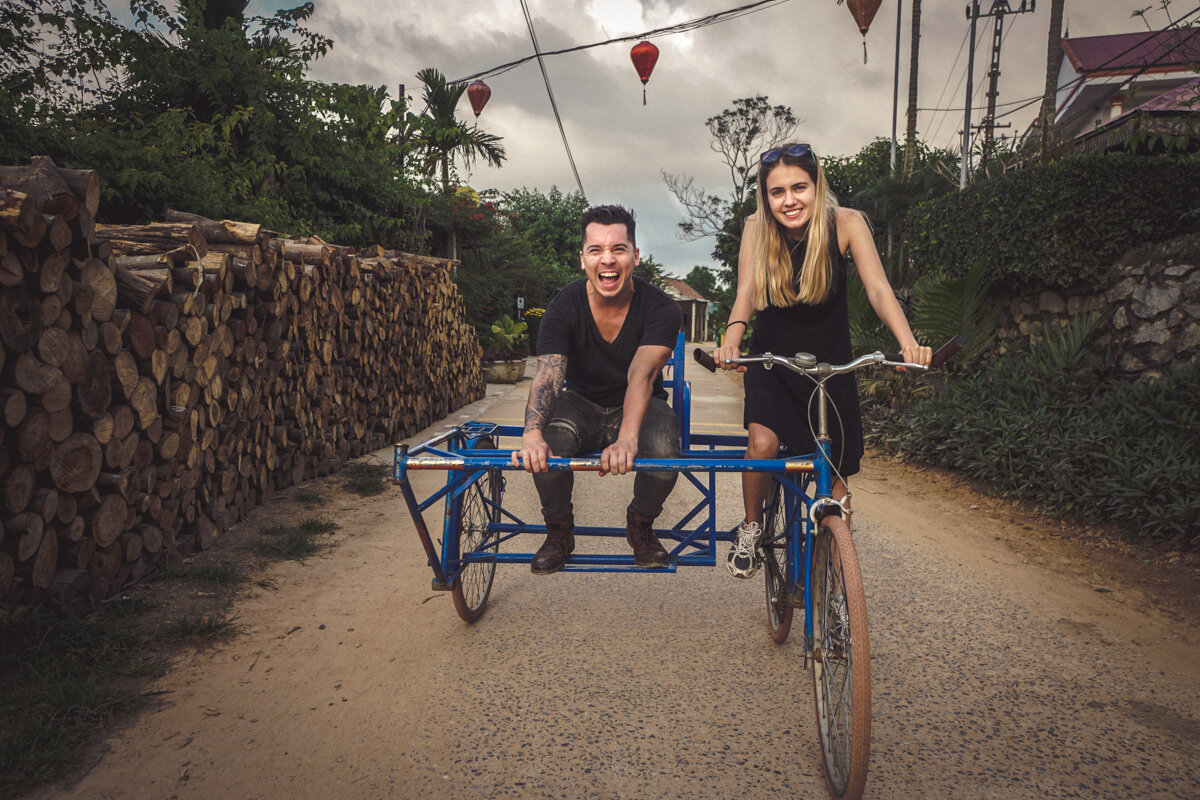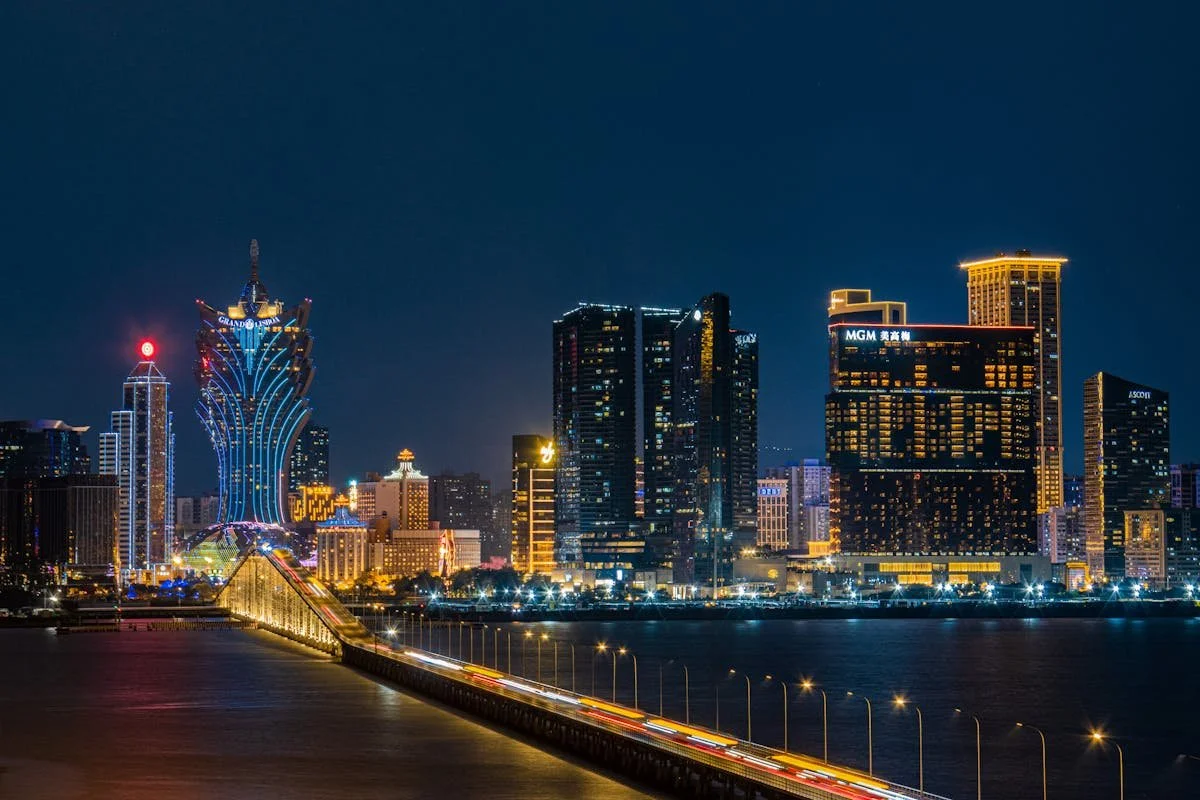Picture Perfect: A Quick Guide to Planning Your Photography Adventure
/Picture Perfect: A Quick Guide to Planning Your Photography Adventure
Combining photography with adventure travel is a thrilling way to capture the world’s beauty while exploring new places. Whether you’re heading into the mountains, roaming through lush forests, or venturing to exotic locales, the right preparation can make your adventure truly memorable.
This blog will help you plan a successful photography trip to ensure you’re ready for anything the journey throws at you. Read on!
Planning Your Photography Adventure
Destination Research
Look for places known for their diverse photographic opportunities. Think about what kinds of shots you want—stunning landscapes, vibrant wildlife, or unique cultural scenes. Research the best times to visit, considering how lighting and weather conditions can affect your photos. Early mornings and late afternoons often offer the best natural light, known as the golden hour.
Permits and Regulations
Before you pack your gear, check if you need any permits for photography in your chosen location. Some places, especially national parks or protected areas, require special permissions. Also, respect local regulations, particularly when photographing wildlife. Staying within these guidelines helps preserve the environment and avoids legal issues.
Travel Logistics
Planning your itinerary is more than just deciding where to go. Think about how your travel schedule will affect your photography. Ensure you have enough time to capture the scenes you’re interested in and plan for travel between locations. Arranging transportation and accommodations that suit your photography needs is also key. Choose places with easy access to shooting locations, and consider accommodations that support your gear storage and comfort.
Essential Gear for Your Photography Trip
Camera Equipment
Selecting the right camera and lenses is fundamental. For most adventures, a versatile camera body paired with a range of lenses will cover various scenarios. A wide-angle lens is great for landscapes, while a telephoto lens helps capture wildlife from a distance.
Accessories
Accessories can make or break your photography adventure. Essential items include a sturdy tripod for stable shots, lens filters to manage light and reflections, and a reliable camera bag. Nowadays, you can find space-saving accessories designed for ease of use and portability. For example, compact tripods can be folded to fit in your bag, and lens cleaning kits come in small, easy-to-carry cases. Look for “Lightweight Outdoor Gear” online to find these practical items. They’ll make carrying your equipment hassle-free and prepare you for any photographic opportunity.
Space-Saving and Multifunctional Accessories
Packing compactly is a game-changer. Opt for multi-use gear like a camera bag that doubles as a daypack, or use compression sacks and packing cubes to organize your gear efficiently. These items save space and make it easier to access everything you need quickly. The goal is to keep your pack light and manageable while ensuring you have all the essentials at your fingertips.
Photography Tips for Adventure Travel
Shooting Techniques
Adapting your shooting style to different environments can elevate your photos. When shooting landscapes, pay attention to composition and try to include interesting foreground elements. For wildlife, be patient and respect the animals' space. Dynamic shots often require quick reactions, so be ready to adjust your settings and position as needed.
Light and Composition
Natural light can dramatically enhance your photos. The golden hour, just after sunrise and before sunset, provides soft, warm light that’s perfect for capturing beautiful images. Learn to use this light to your advantage by planning your shoots around these times. Composition is equally important—try techniques like the rule of thirds to create balanced, engaging photos.
Safety and Accessibility
Keeping your gear safe and accessible is crucial, especially in remote or challenging locations. Use protective cases for your camera and lenses, and be mindful of your surroundings. If you’re exploring rugged terrain, consider how you’ll access shooting spots safely. Always prioritize your safety and the safety of your equipment to ensure a smooth and enjoyable adventure.
Preparing for the Unexpected
Backup Plans
No matter how well you plan, things can go wrong. Prepare for gear malfunctions or unexpected weather changes by having backup plans. Bring extra gear and know alternative shooting locations if your primary site isn’t accessible. Flexibility is key to making the most of your adventure, even when things are unplanned.
Emergency Gear
Packing essentials for emergencies is just as important as your photography gear. A first aid kit, emergency contact information, and other safety supplies should be part of your travel kit. Being prepared for any situation ensures you can handle unexpected challenges without compromising your safety or the success of your trip.
Conclusion
Planning a photography adventure involves careful preparation and a bit of flexibility. By choosing the right destination, understanding local regulations, and packing essential and space-saving gear, you set yourself up for a successful trip. Use these tips to plan effectively and make the most of your time capturing the beauty of your surroundings. Prepare thoroughly, stay safe, and let your creativity shine through every shot.














